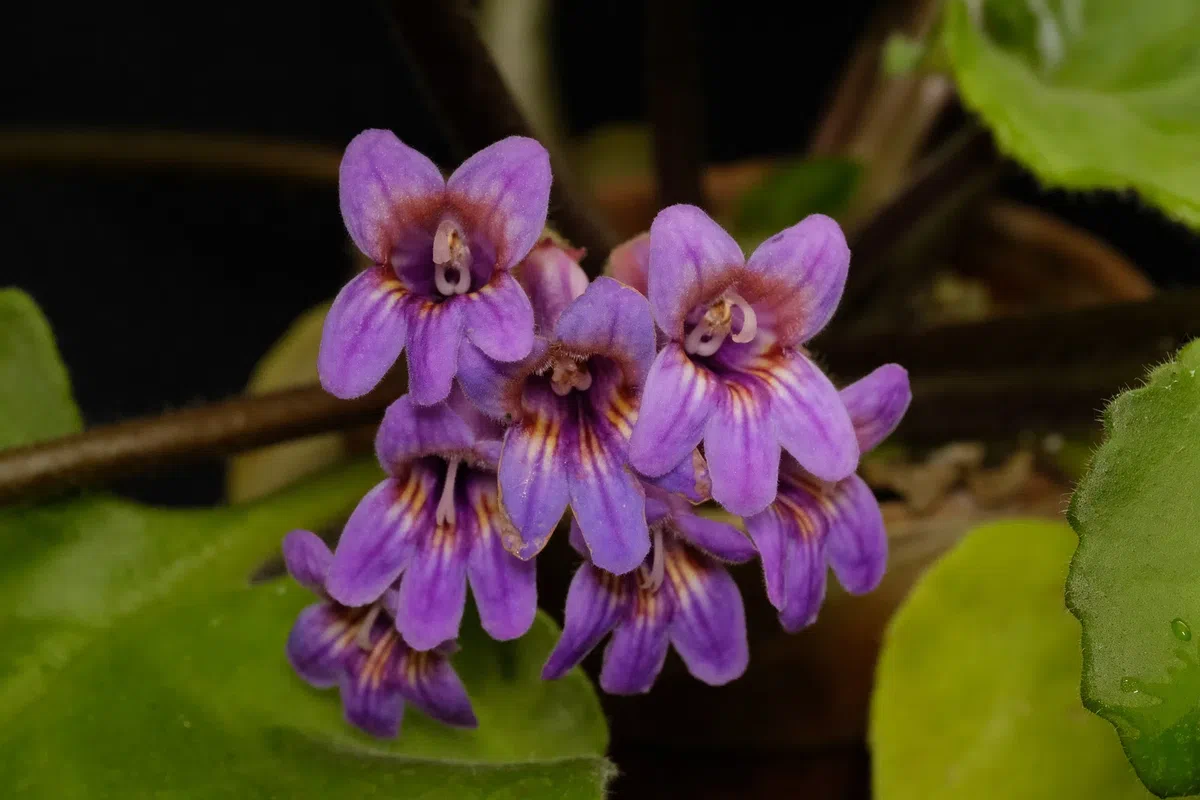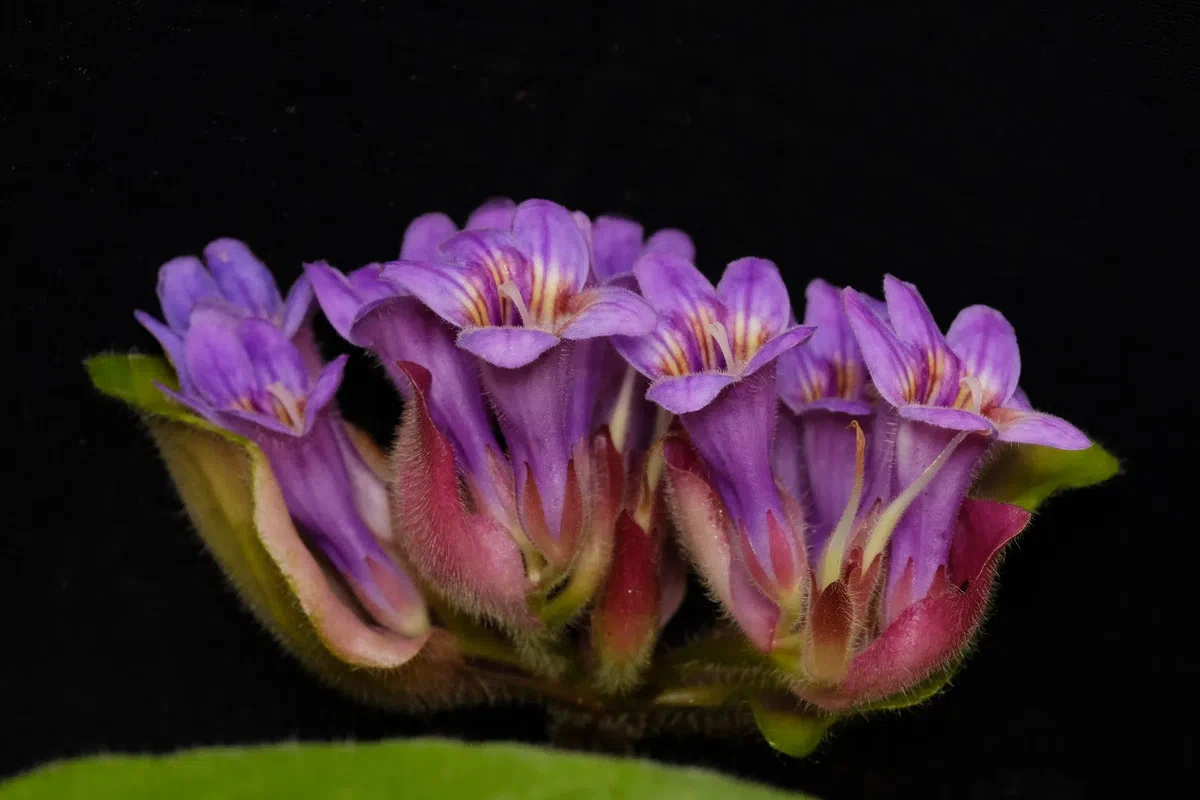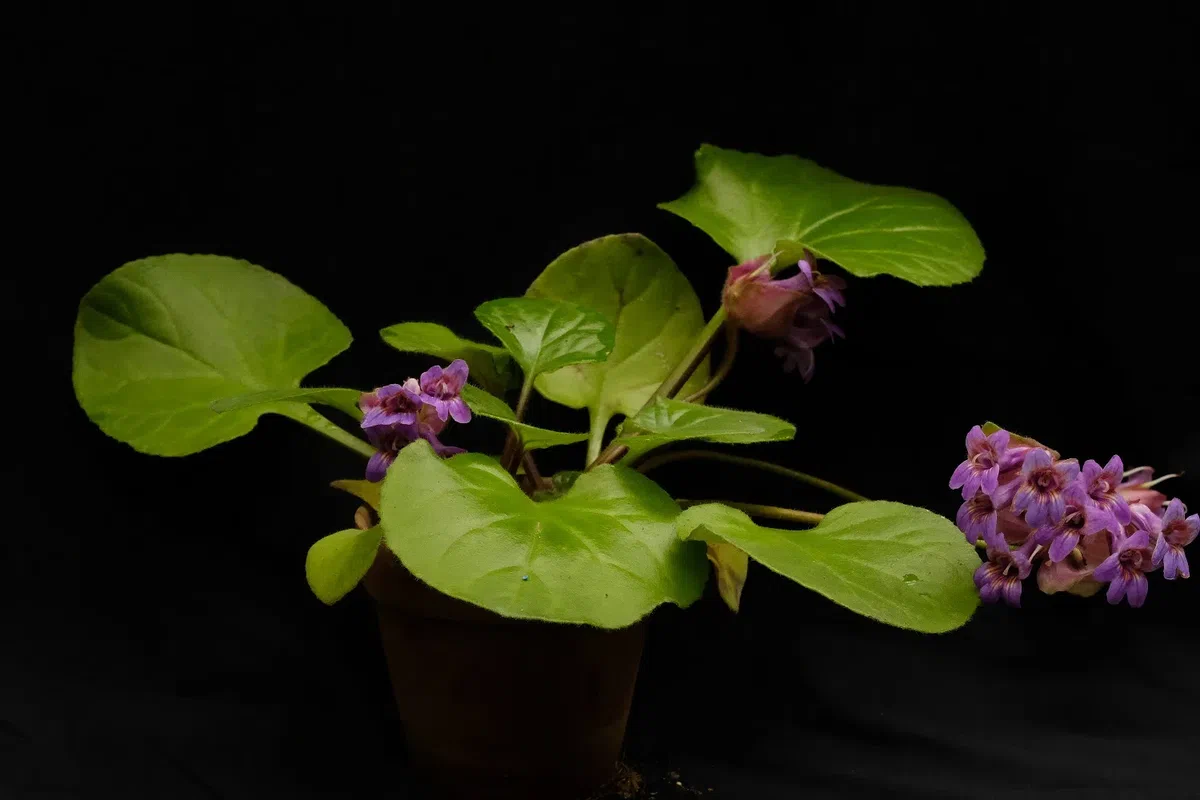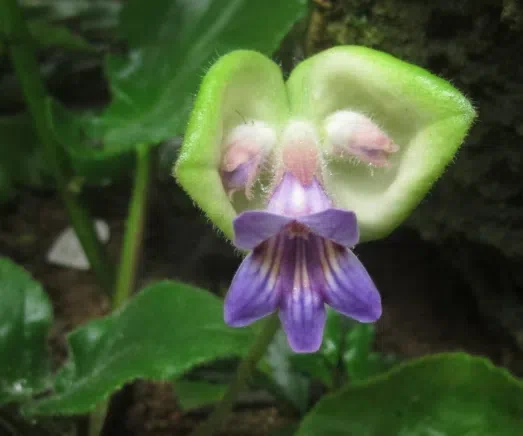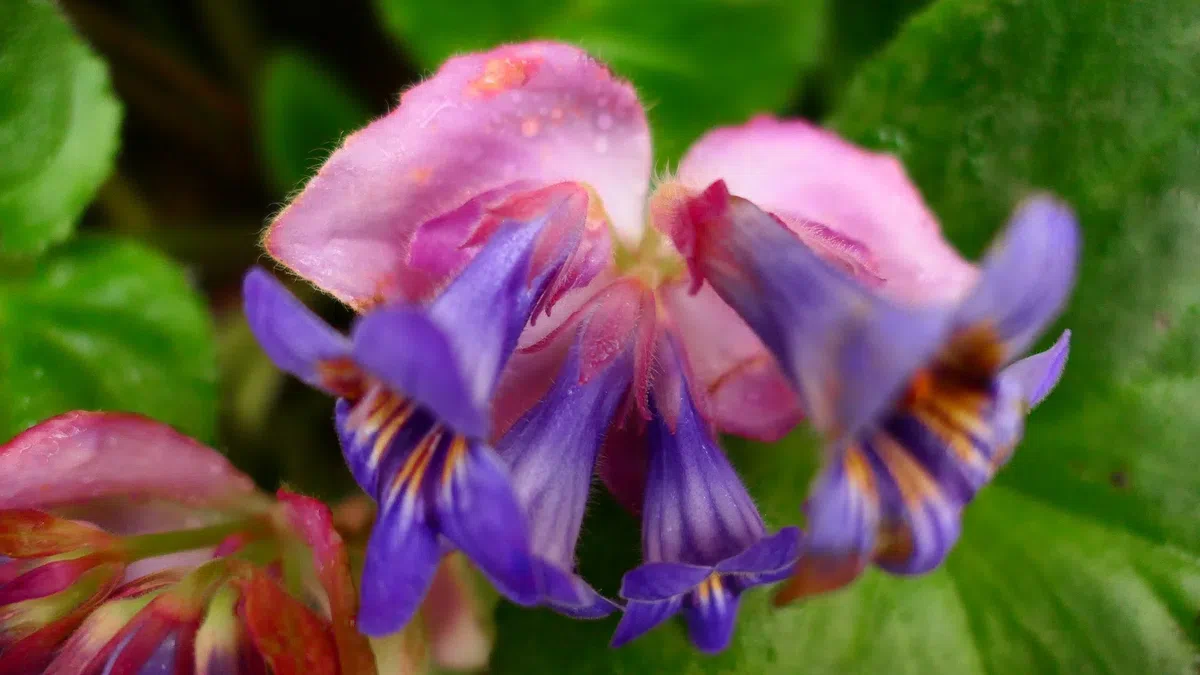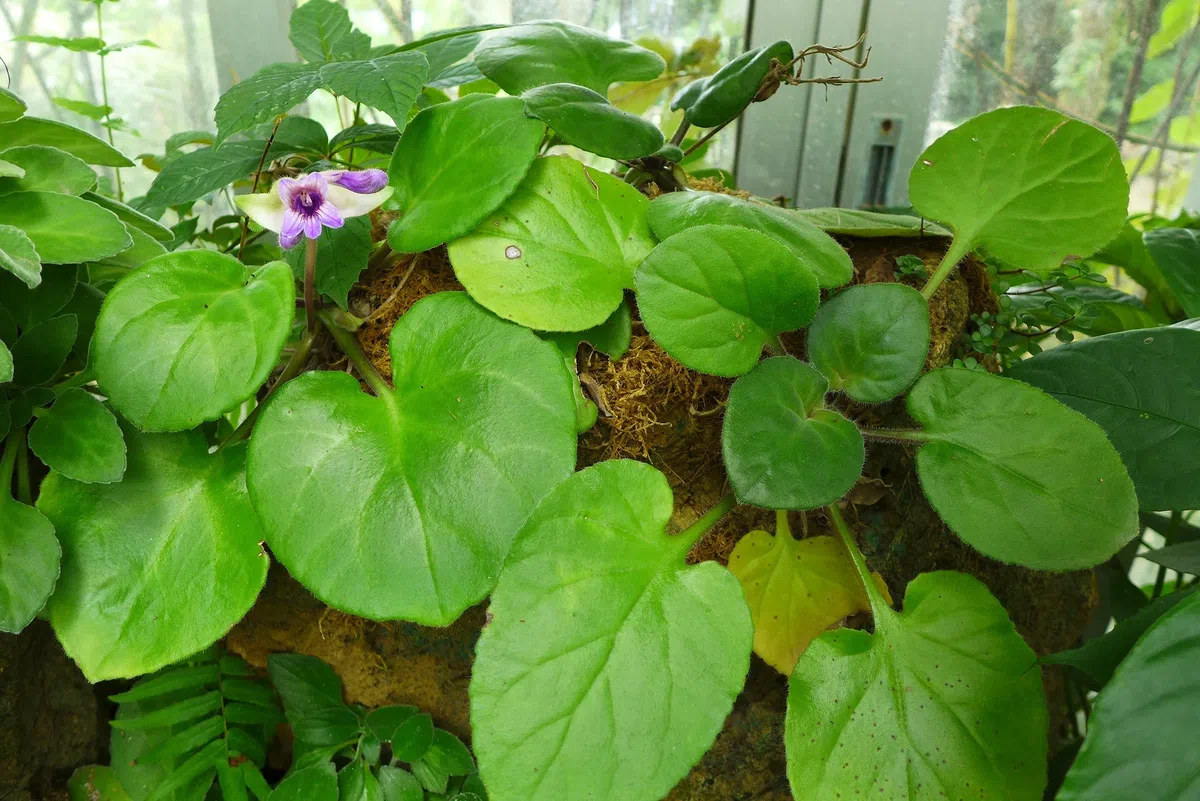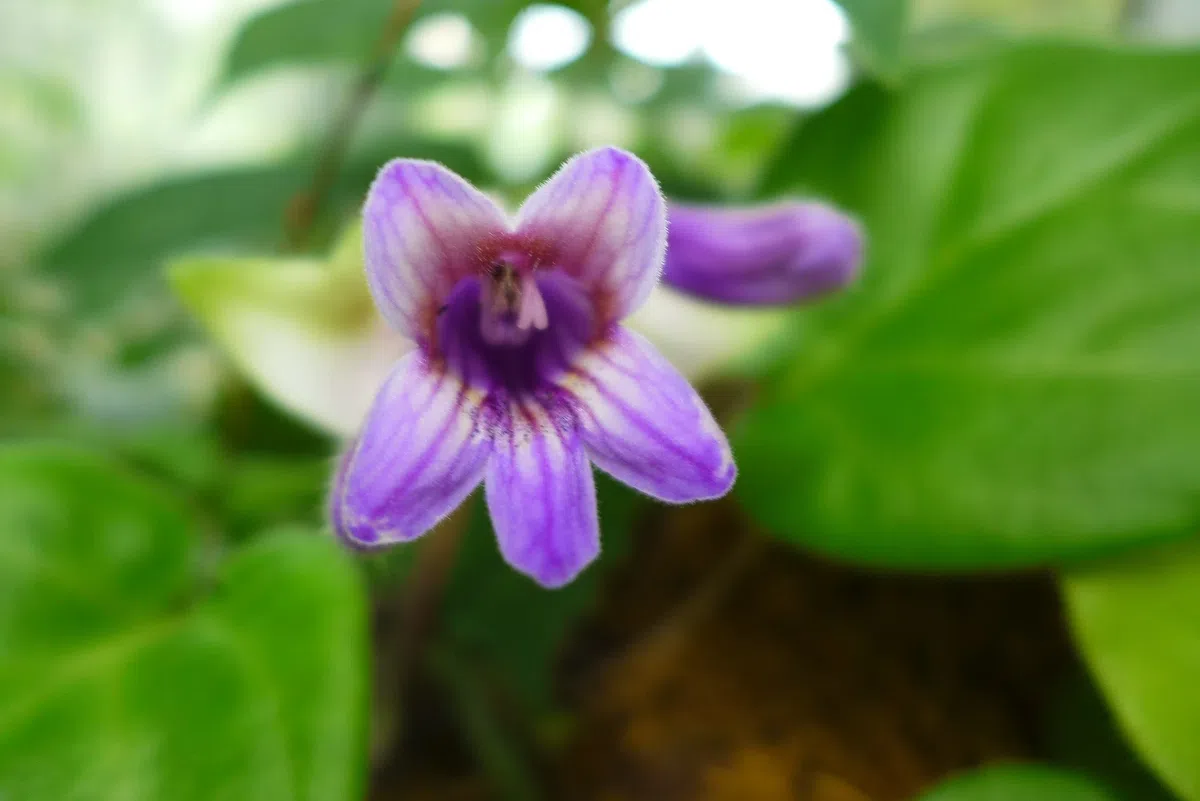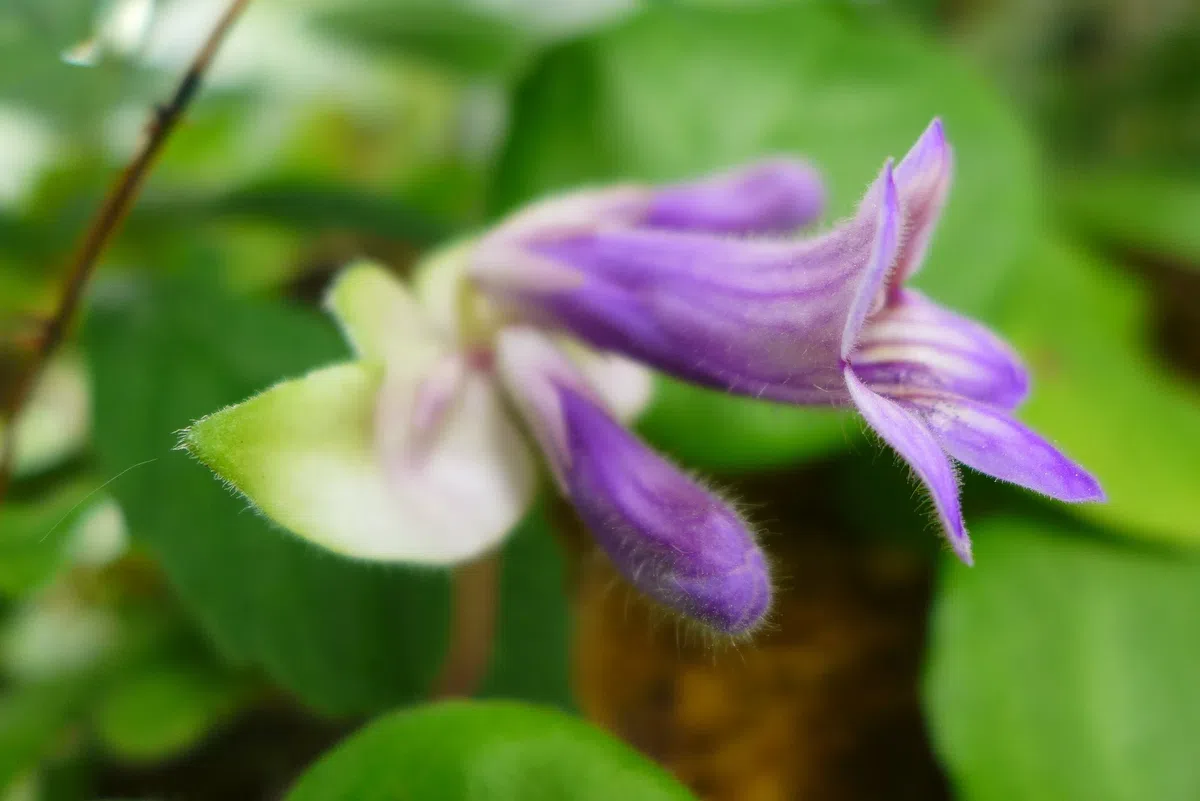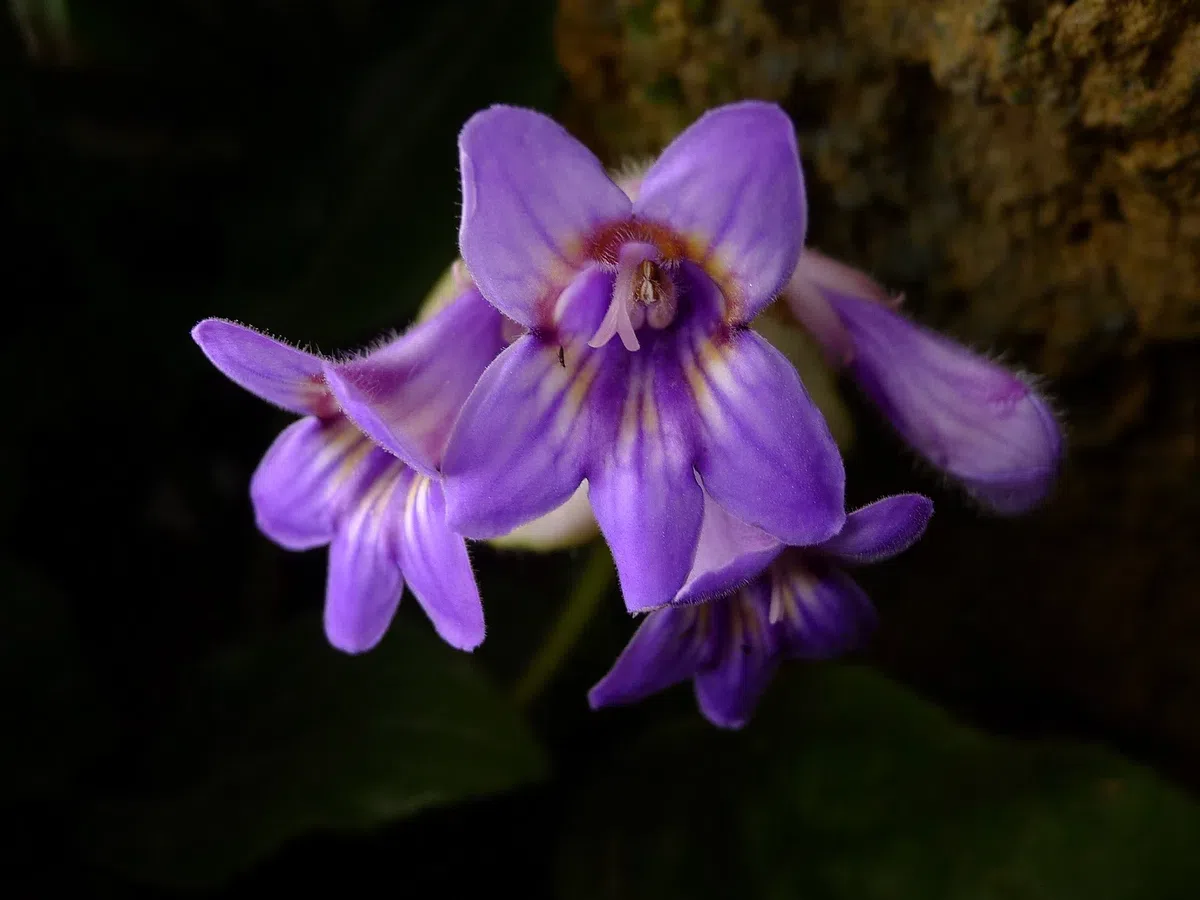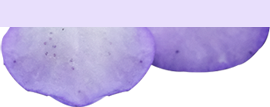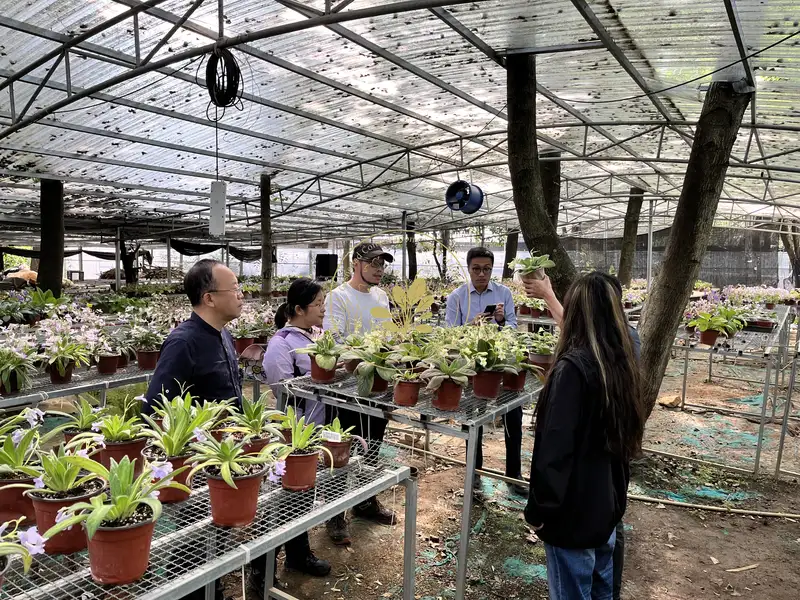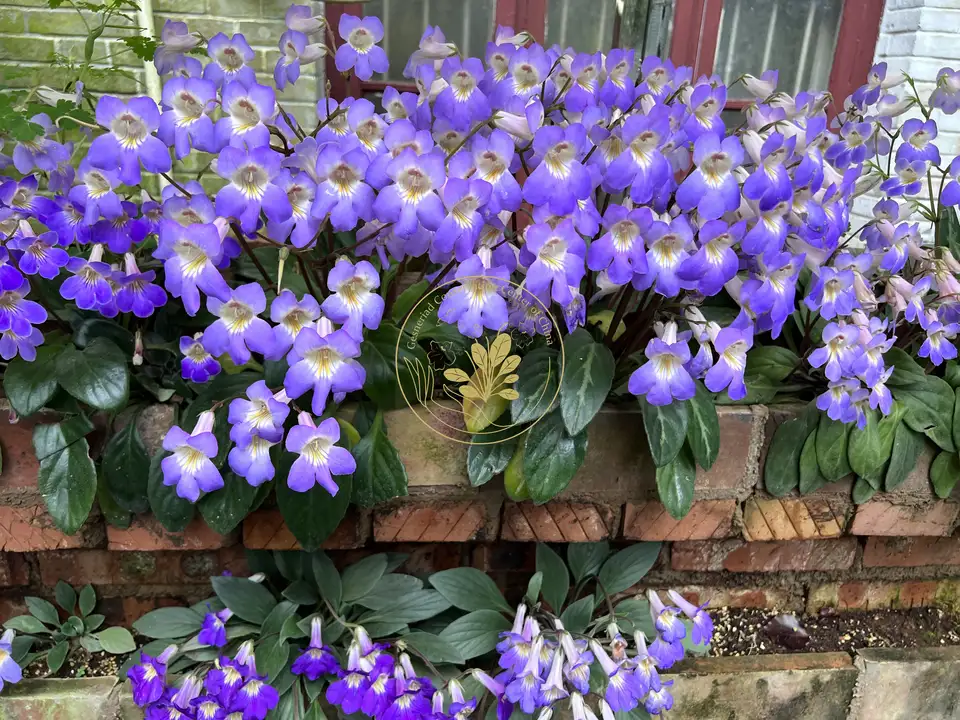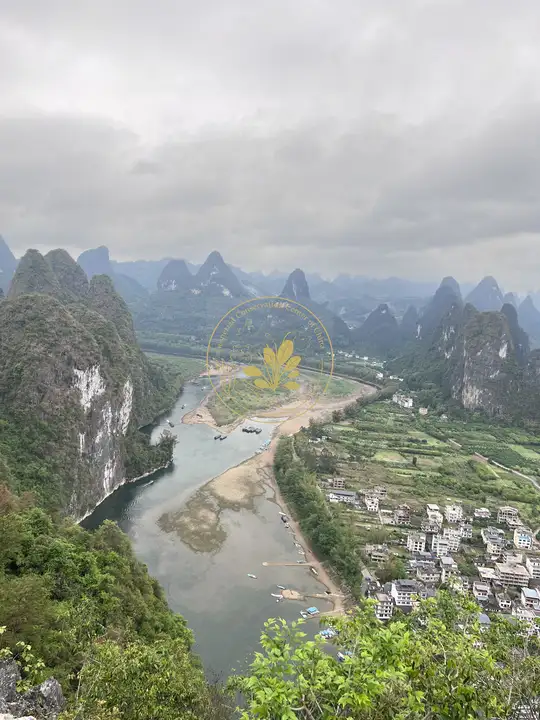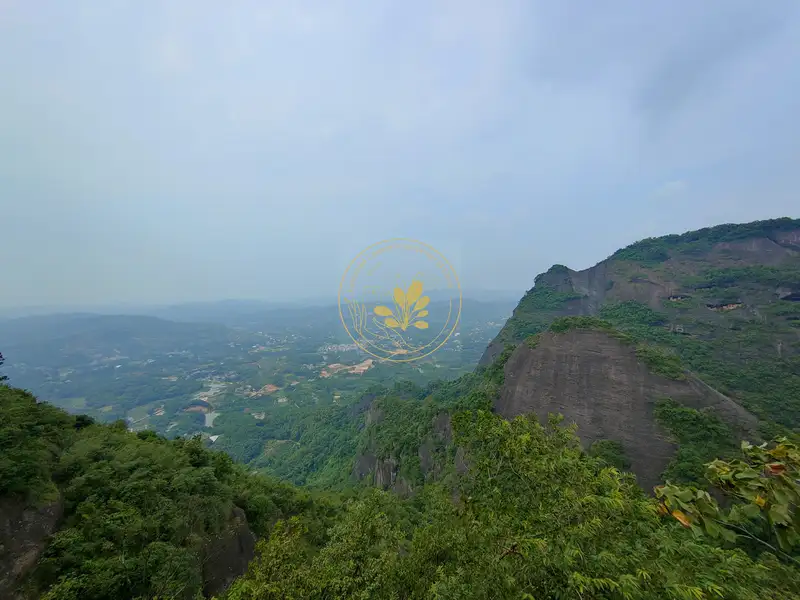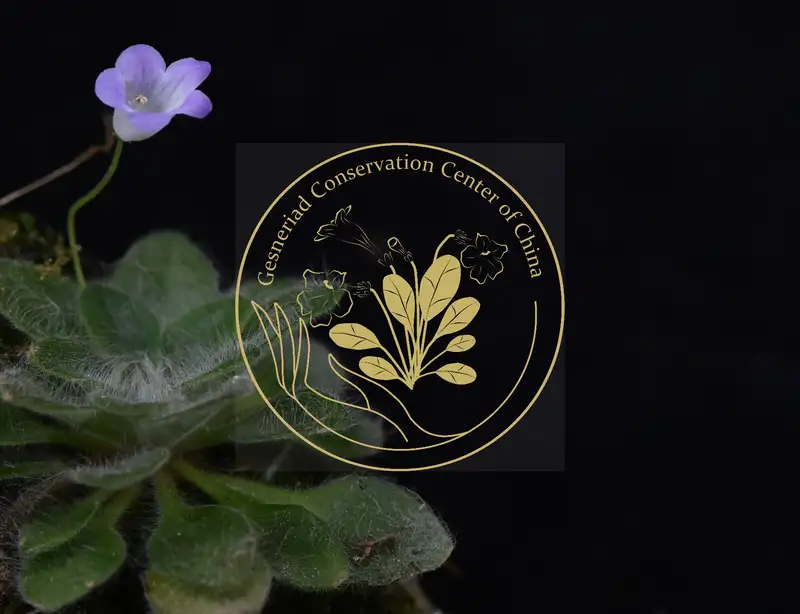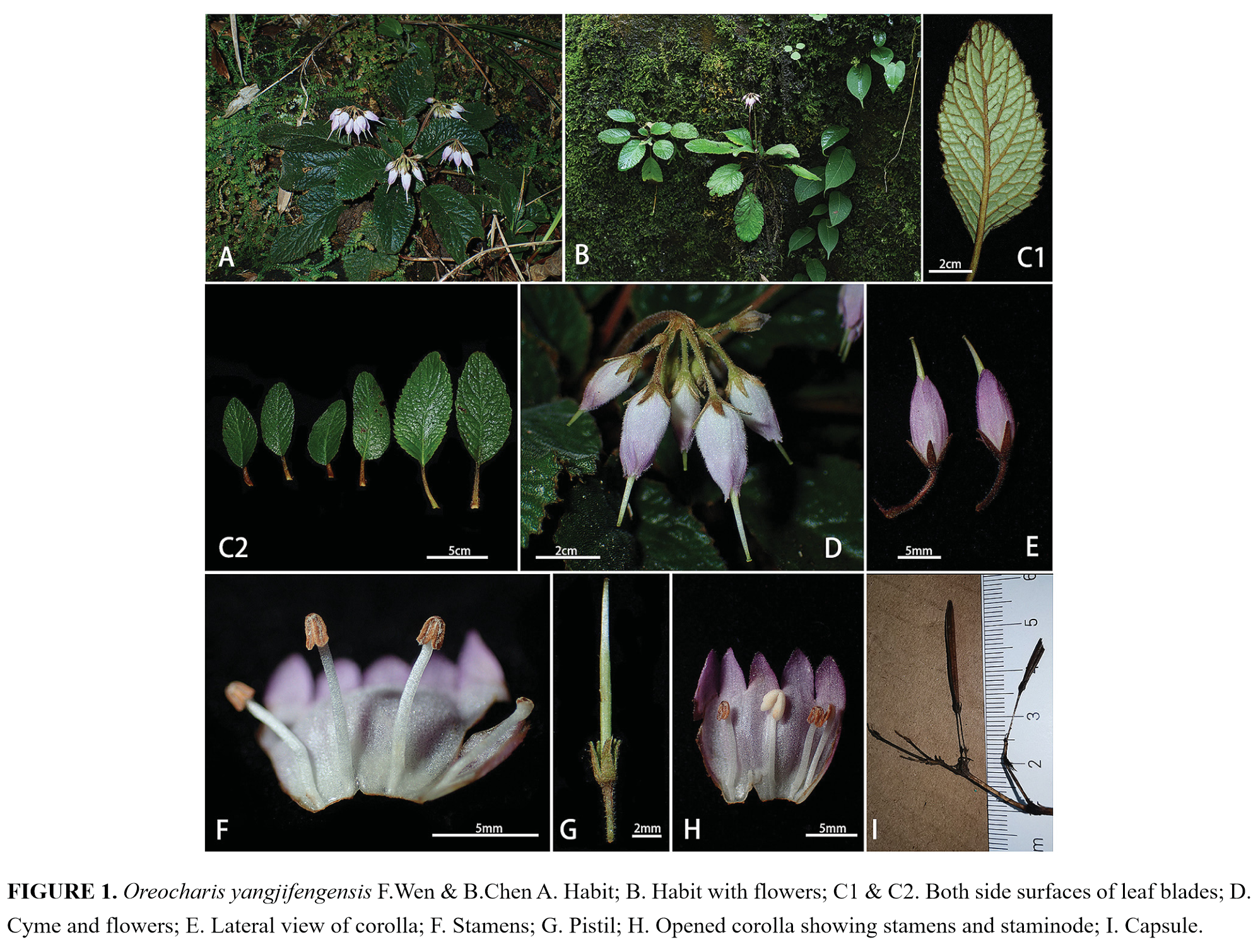LISHUAI JIE, CAI XIU ZHEN
Studies on Floral Syndrome and Breeding System of Primulina hunanensis
Acta Horticulturae Sinica2020-02-17 (Network first)
ABSTRACT
To rational development and utilization of the wild germplasm resources of Primulina hunanensis K.M. Liu & X.Z. Cai, the role of the floral syndrome and breeding system on its sexual reproduction process were evaluated. The flowering phenology,floral features,and flower-visiting insects of P. hunanensis were recorded by field observation. We measured and analyzed pollen viability and stigma receptivity,pollen/ovule ratio,and hybridization index,and combined with artificial pollination experiment to test its breeding system. The result showed:(1) P. hunanensis flowered from May to July,with a flowering period of about 40 d and a single flowering cycle of 3–8 d. When the flowers are just open,the pollen is the most energetic(>90%)in the flowering period,and the stigma is inactive,indicated that pistil and stamens of P. hunanensis matured at different times. After flowering,the growth of the stamens of P. hunanensis almost stopped,but its pistil continues to elongate,indicates that the pistils and stamens have different spatial positions. (2) The ratio of pollen and ovule was 518.36. The hybridization index was 5,indicated the breeding system of P. hunanensis was outcrossing,partial self-compatibility and demanded pollinators. The seed setting rate of P. hunanensis is not 0,and there was no apomixis in the bagged and emasculation experiment. (3) Many kinds of flower-visiting insects were surveyed in the P. hunanensis population. During the flowering period,Bombus sp. was the most effective pollinator which is adapted to its floral syndrome. (4) Under field conditions,the fruit setting rate of P. hunanensis is higher. Asexual reproduction occurs in the population of P. hunanensis,maintaining the population as a reproductive compensation mechanism.
Original article link:
http://kns.cnki.net/kcms/detail/11.1924.S.20200215.2004.001.html

Fig. 1 Habitat(A)and population(B)of Primulina hunanensis
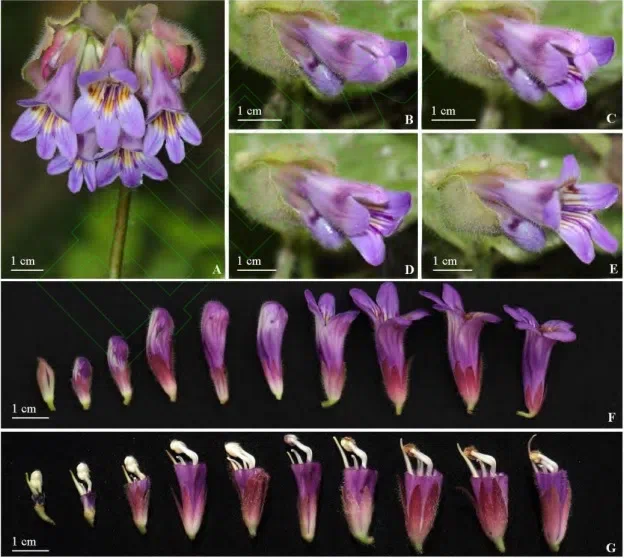
Fig. 2 Flowering dynamics of Primulina hunanensis
A:Inflorescence;B:Lower lip left petal open;C:Lower lip bilateral petals open;D:Upper and lower lip flaps open;E:Petals open;F:Flower development process;G:Position change of pistil and stamen.
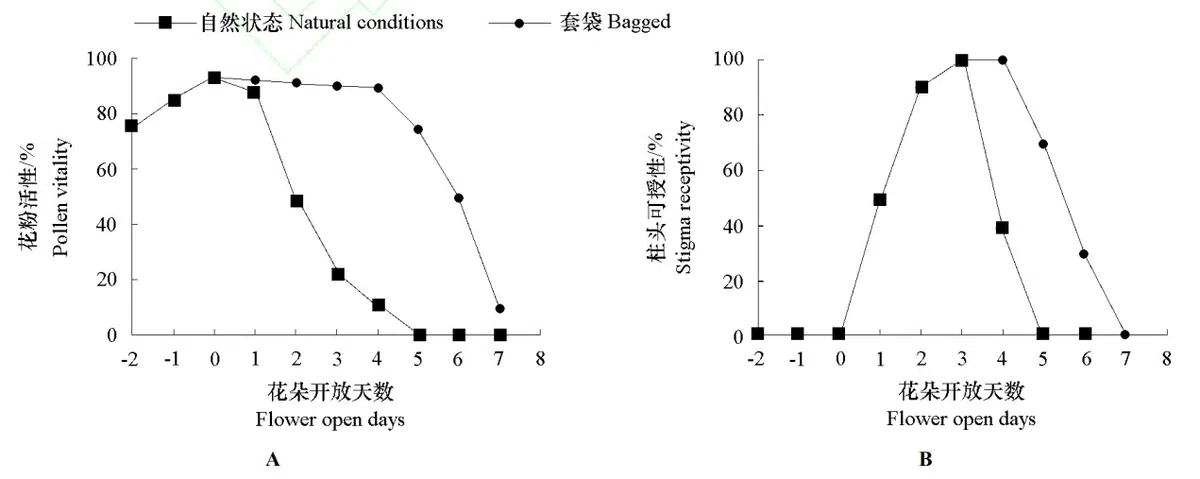
Fig. 3 Pollen activity(A)and stigma reproducibility(B)of Primulina hunanensis

Fig. 4 Pollen activity (A) and stigma reproducibility (B) of Primulina hunanensis
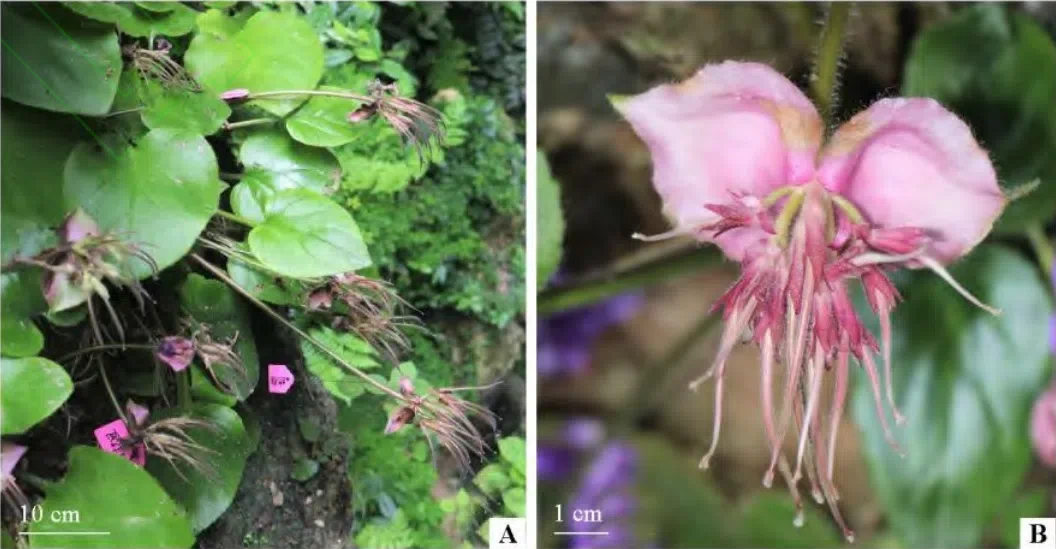
Fig.5 Fruiting plants(A)and Fruits(B)of Primulina hunanensis
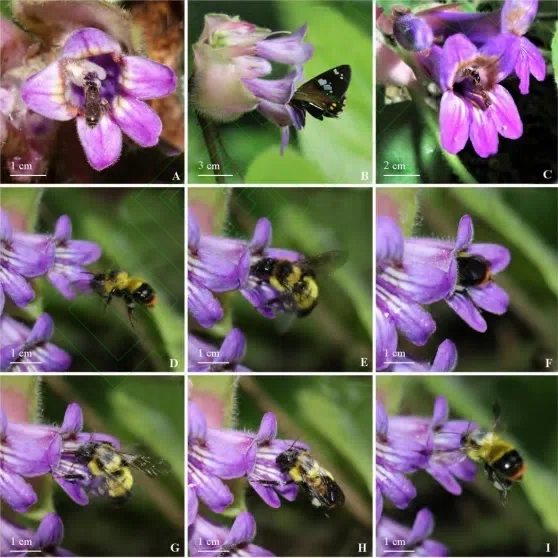
Fig. 6 The main visiting insects of Primulina hunanensis
A:lasioglossum sp.;B:Celaenorrhinus patula;C:Sphaerophoria sp.;D–I:Posses of visiting flower of Bombus sp.
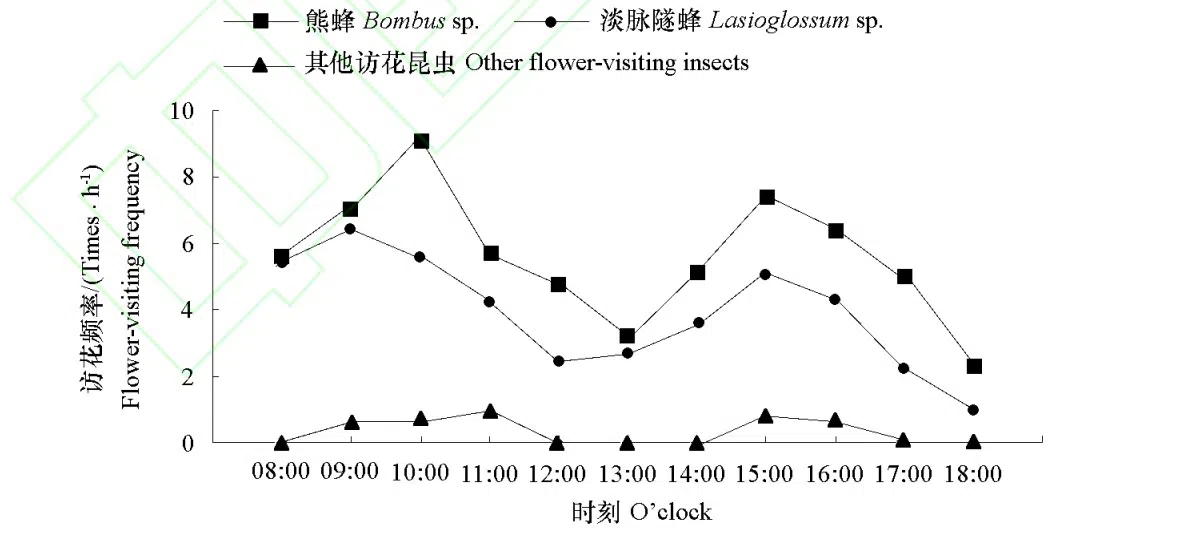
Fig. 7 Flower-visiting frequency of Primulina hunanensis
后图为栽培在中国苦苣苔科植物保育中心(GCCC)的湖南报春苣苔
